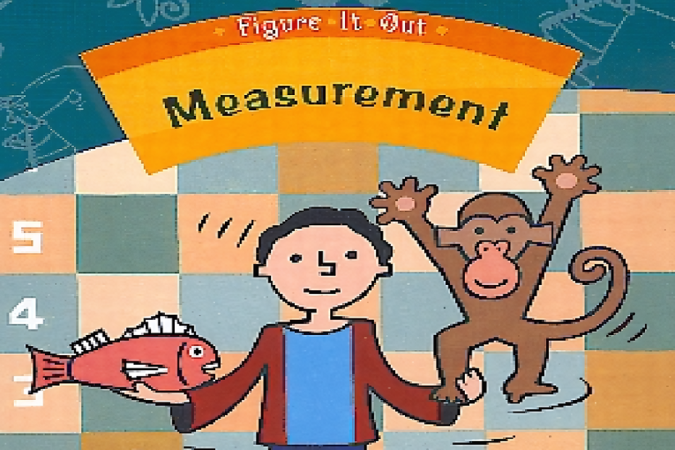Fill them up
This is a level 3 measurement strand activity from the Figure It Out series.

About this resource
Figure It Out is a series of 80 books published between 1999 and 2009 to support teaching and learning in New Zealand classrooms.
This resource provides the teachers' notes and answers for one activity from the Figure It Out series. A printable PDF of the student activity can be downloaded from the materials that come with this resource.
Specific learning outcomes:
- Explore capacity.
Fill them up
Achievement objectives
GM3-1: Use linear scales and whole numbers of metric units for length, area, volume and capacity, weight (mass), angle, temperature, and time.
Required materials
- Figure It Out, Level 3, Theme: Measurement, "Fill them up", page 18
- a collection of different-shaped plastic containers
- water
- measuring jug, funnel
- classmate
See Materials that come with this resource to download:
- Fill them up activity (.pdf)
Activity
This activity asks students to estimate and measure the capacity of different containers and can be done with the whole class or in groups.
You will need to have a range of jars and enough of them for each student; detergent bottle lids, soap powder scoops, pottles, yoghurt containers, plastic cups, coffee tins, pots, basins, and buckets are suitable.
You will also need measuring instruments. These should range from measuring spoons showing 5 millimetres to 1 or 2 litre measuring jugs.
Begin by having students estimate which are the smallest and which are the largest containers. Place these at either end of the front row of desks in the classroom. Students can discuss and vote for the position of each container as they arrange them from smallest to biggest. If any containers have the same capacity, they would be positioned in the same place.
Use numbered cards to mark the position of each container. These will help you keep track of how the positions of the containers have changed after students have measured each container.
Have some students each select one of the containers and mark it with the same number as the position card or write its name on the position card. Other students could each select a measuring instrument.
Discuss the suitability of the instrument for measuring the capacity of the chosen container.
Students can then fill the containers with water and measure the amount of water in each container. They should do this several times to check the accuracy of their measurements.
When the class regroups, they can reposition the containers from smallest to largest and discuss any changes of position. If there are any surprises, students should discuss what the difficulty was in making the estimate.

Students will need to fill and pour with care so that the activity is done reasonably accurately. They could reduce spillage by using a funnel.
Have the students complete a chart that could feature a check column where they write the equation and use a calculator to see how accurate they were in measuring. For example:
Container size |
Number of fills to make 3L |
Check equation |
|---|---|---|
200 mL |
16 |
200 x 16 = 3,200 mL = 3.2 L |
250 mL |
12 |
250 x 12 = 3,000 mL = 3 L |
Activity 1
Answers will vary.
Activity 2
Answers will vary.
The quality of the images on this page may vary depending on the device you are using.


